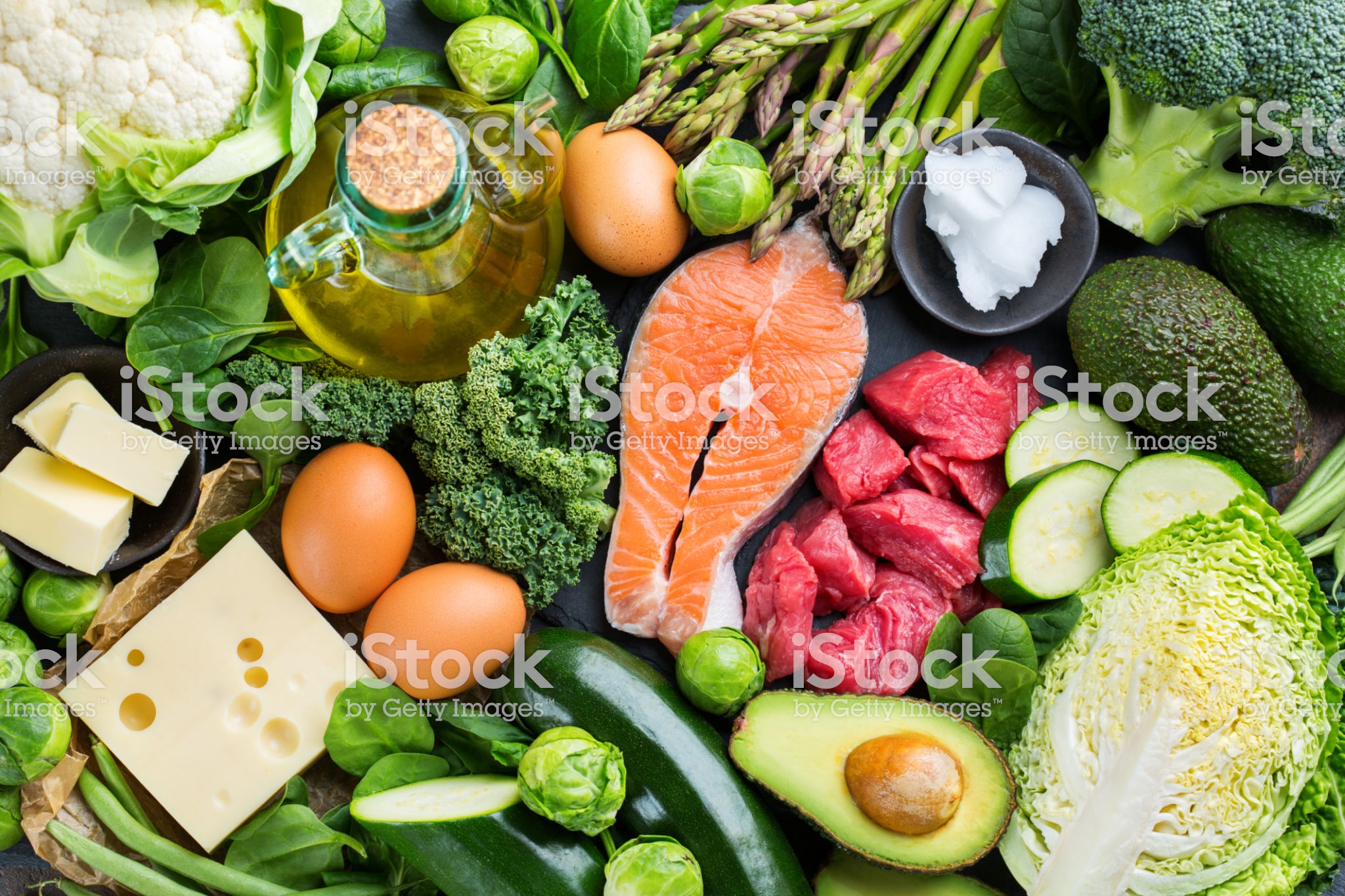Hydration 101: Essential Tips for Staying Refreshed and Healthy
| By Nick | 0 Comments

National Hydration Day is celebrated on June 23 each year. The beginning of summer is the perfect time to remember how essential hydration is to survive and thrive. Water is a huge part of the human body and crucial to every bodily function. At birth, water makes up about 75% of body weight. Dr. Eleonora Gafton, Program Director of the Whole Foods Cooking Labs at Maryland University of Integrative Health, explains the significant roles of water in the body:
- Transports oxygen, and nutrients through the blood to muscles and other tissues
- Eliminates metabolic wastes in the form of urine
- Absorbs muscle heat during exercise and dissipates it through sweat via the skin- regulating body temperature
- Helps digest food through saliva and gastric secretions
- Lubricates joints and cushions organs and tissues
- Keeps mucosa moist
- Supports health brain function
According to Dr. Eleonora Gafton there are various sources of hydration besides water. These include water in other beverages and food. Approximately 1/5 of total water intake comes from food.1 Good sources include cabbage, celery, cucumber, grapes, melons, zucchini, and watermelon.
Contrary to popular belief, almost all beverages are hydrating including still water, sparkling water, soda, sports drinks, milk, juice, tea, and even coffee and lower-alcohol beer.2 That said, Dr. Gafton suggests consuming many of these drinks in only limited quantities to avoid excessive consumption of caffeine, sugar, and/or alcohol content.
Some of the best sources of water to stay hydrated are:
- Purified water: Water that is produced by distillation, deionization, reverse osmosis, and carbon filtration. Impurities cannot exceed ten parts per million, and the water is free of contaminants and chemicals.
- Spring water: Water that flows to the surface of the earth and is collected only at the spring.
- Tap water: Depending on where you live, tap water is often a cheap and healthy option.
- Black, green and herbal tea: Teas not only help hydrate but can be a source of health-promoting phytochemicals. There are many options here, but some “cooling” ones for hot days include hibiscus, spearmint, peppermint, and chamomile. If you drink black or green tea (Camellia sinensis) be aware that they contain varying levels of caffeine and related stimulants. For the best results, use whole herbs rather than instant teas, which often contain added sugar or artificial sweeteners.
How to know if you are dehydrated?
Some signs of mild to moderate dehydration include thirst, decreased urination, dry mucous membranes, a stick mouth, fatigue and muscle weakness, dizziness, and headache.
Recipes to Stay Hydrated
Sun Tea- Hibiscus flowers:
- Place herbs in a glass vessel
- Cover with water
- Allow the vessel to be exposed to sun for several hours (4-6)
- The vessel must be tightly covered
- Same process for moon tea
- Cold infusion is preferred for some herbs like marshmallow due to mucilage or bitter principals which are denatured by boiling water
Basic formula:
- 1 ounce of plant material to 32 oz of water
Magic Mineral Broth – excellent for hydration as it is filled with electrolytes:
- Mixture of grounding root vegetables
- Carrots, celery, leeks, onions, non-starchy potato, sweet potato, burdock
- Aromatic herbs and spices
- Bouquet garni, juniper berries, bay leaf
- Sea vegetable
- Kombu or Wakame or Kelp
- Filtered water – make sure all your ingredients are always submerged under the water.
- 1 tsp Celtic Sea Salt
Simmer on low for 2-4 hours for full extraction
Flavored water:
- Water, cucumber sliced, and fresh dill or basil
- Water, citrus slices like orange, lemon, lime, or fresh mint
References
- Institute of Medicine (2005). Dietary Reference Intakes for Water, Potassium, Sodium, Chloride, and Sulfate. Washington, DC: The National Academies Press. https://doi.org/10.17226/10925
- Maughan, R. J., Watson, P., Cordery, P. A., Walsh, N. P., Oliver, S. J., Dolci, A., Rodriguez-Sanchez, N., & Galloway, S. D. (2016). A randomized trial to assess the potential of different beverages to affect hydration status: development of a beverage hydration index. The American journal of clinical nutrition, 103(3), 717–723. https://doi.org/10.3945/ajcn.115.114769
Maryland University of Integrative Health (MUIH) stands out for its unique nutrition programs. MUIH offers one of the few integrative Doctor of Clinical Nutrition program in the U.S., and the Master of Science in Nutrition and Integrative Health is one of only two master’s degree programs in the U.S. accredited by the Accreditation Council for Nutrition Professional Education.
Additionally, MUIH offers other different programs in nutrition to start or complement your holistic wellness career:
- Post-Master’s Certificate in Nutrition & Integrative Health
- Post-Baccalaureate Certificate in Culinary Health and Healing
Looking to see a Nutritionist at the Natural Care Center to meet your nutritional needs? Integrative nutritionists use science-based diet and nutrition therapies to support your health and well-being.
During your first visit at the NCC, your practitioner will gather information about your health and personal history, review your dietary preferences and health concerns, and assess your nutritional status. To talk with someone about making an appointment, call 443-906-5794 or email .





